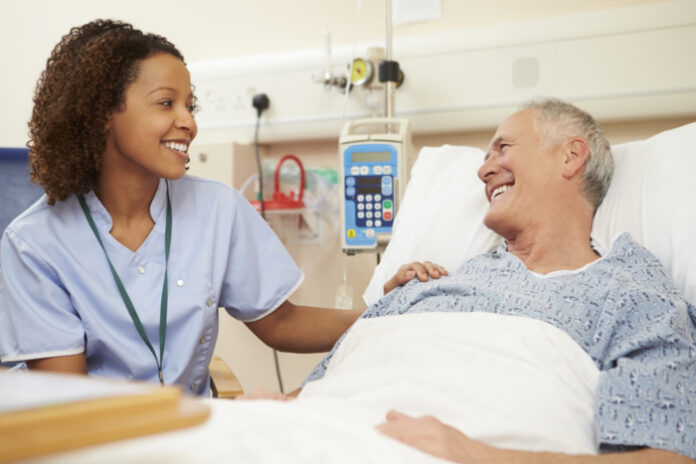Bedsores are a problem nursing homes have experienced for years, but that could be coming to an end thanks to a new pressure point detection device.
Hospitals and nursing homes around the country are adopting MAP, or Monitor Alert Protect, a system that can monitor activity in patients spending extended time in the same position without rotation. Without movement and repeated exposure to the same pressure points, people can develop bedsores, which are also referred to as pressure ulcers. If not proactive in preventing bedsores, patients may develop deadly sores that reach the bone.
How MAP works
A detection mat is placed under a patient’s bed, and any time a dangerous pressure area begins to form, caregivers are alerted via MAP. Every mat can be customized to the patient’s body.
MAP can also prevent bed falls with its alert-sending system to caregivers when patients are susceptible to falling off.
“For long-term hospital patients or people who are otherwise bedridden, bedsores can be a major problem. Technically known as decubitus ulcers, they form when one area of the skin is subjected to too much-prolonged pressure. In order to keep them from occurring, hospital staff regularly turn patients over in their beds. The MAP System is designed to aid those caregivers by providing them with real-time imagery of the pressure points on the patient’s body.”
In the past, caregivers would only simply turn patients and residents to prevent bedsores in a general area of the body. MAP provides detailed locations of where the pressure points are forming.
Bedsores
Bedsores are ulcers that appear on parts of the body as a result of prolonged pressure on the skin. Some of their characteristics:
- They are common in bedridden persons, who are unable to feel pain or are immobile.
- Symptoms include unusual changes in skin color or texture.
- The degree of damage to skin and tissues can develop into a deep injury involving muscles.
- They can be prevented by examining the skin regularly, especially bony areas.
Prevention of bedsores
Bed sores account for millions of dollars of medical treatment and nursing home negligence compensation for patients every year, and have been the subject of countless cases.
MAP has already shown positive results against bedsores. It is currently being used in more than 60 hospitals across the country with roughly 1,000 units sold to date.
In Detroit’s Henry Ford Hospital, a two-month trial period showed a decrease in pressure ulcers from 5 to .03 percent. MAP helps hospitals, retirement homes and nursing homes to effectively monitor patients who are confined to beds for extended periods of time. Until you have access to this device, you should have an experienced nursing home attorney on your side.
Staying safe
Hopefully, advances in technology like this will one day make bed sores a thing of the past. If you have loved ones who have recently experienced bed sores because of inadequate care, contact a negligence attorney immediately to receive information on how you can protect them and receive compensation for nursing home negligence.
Find a Home-Based Business to Start-Up >>> Hundreds of Business Listings.
















































